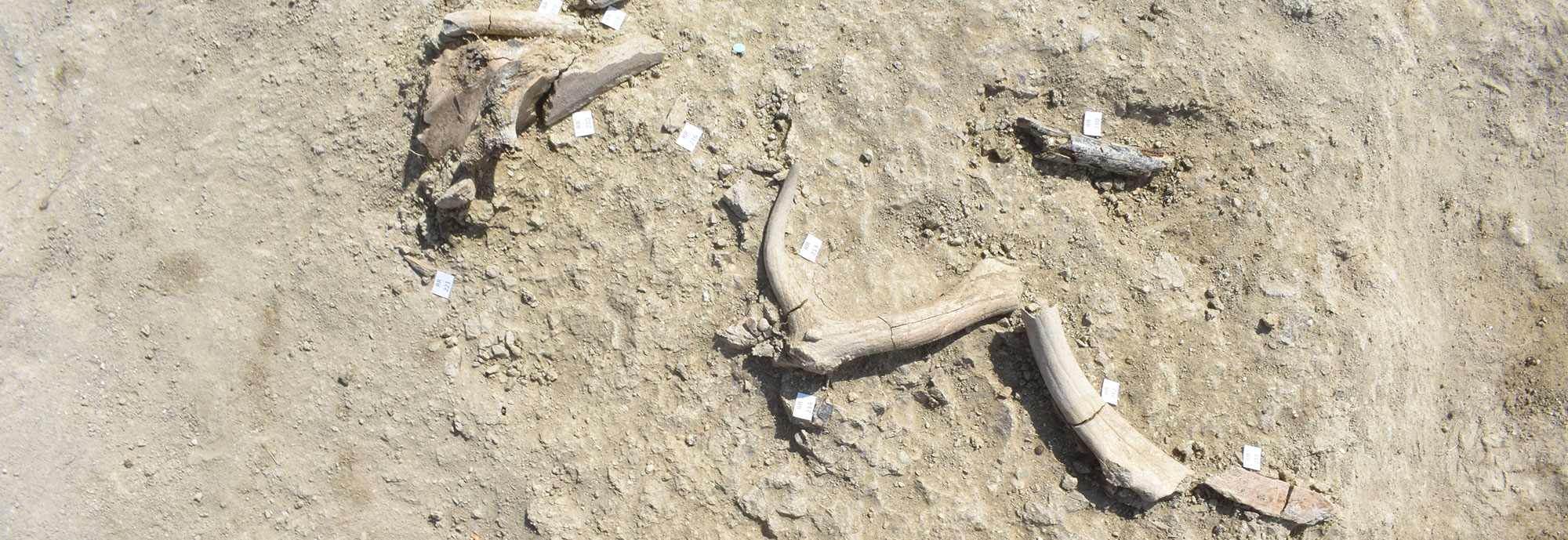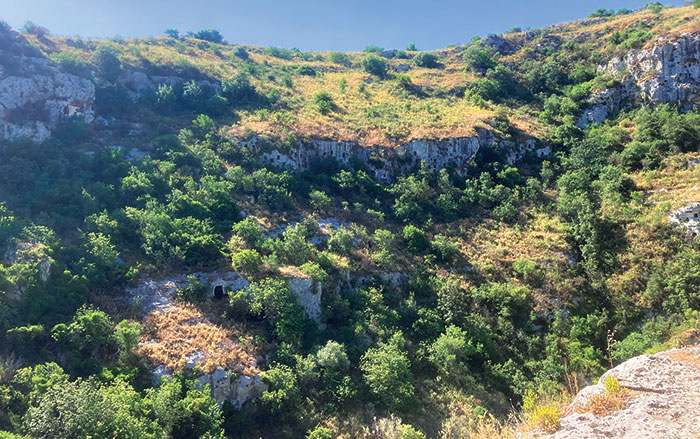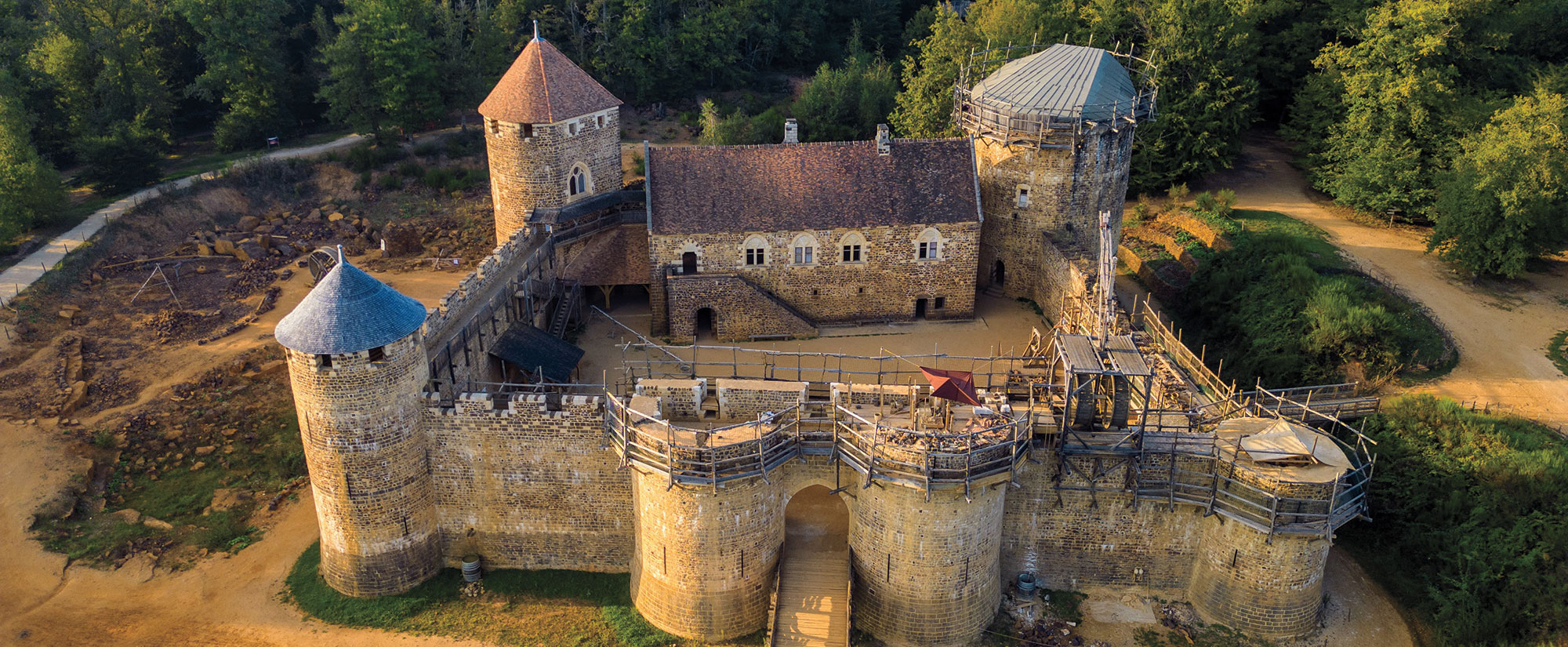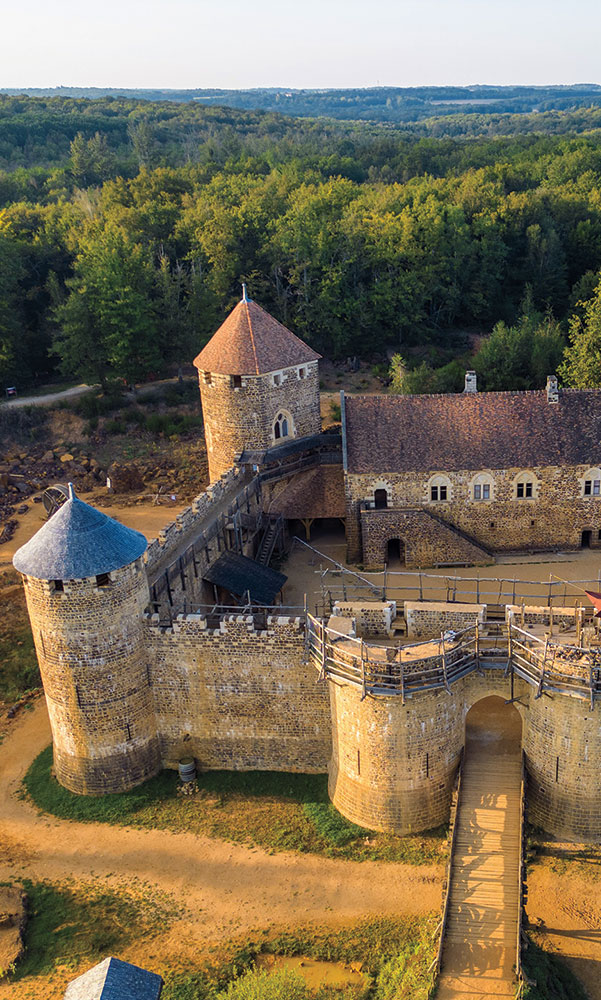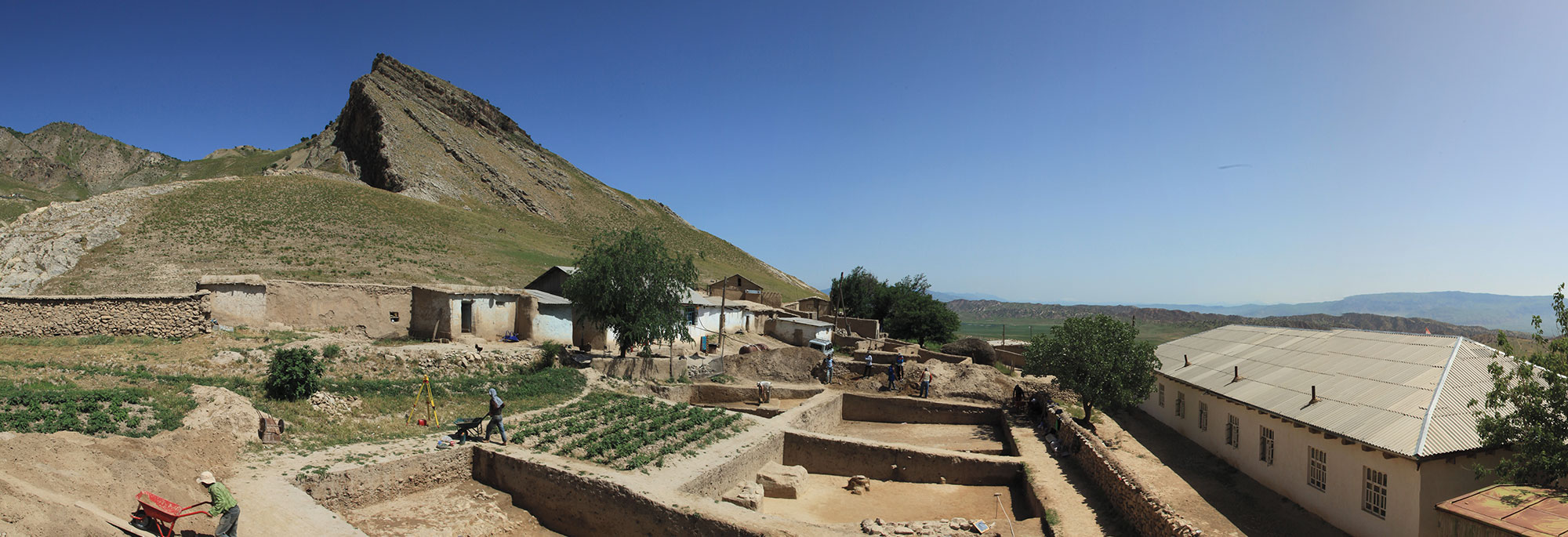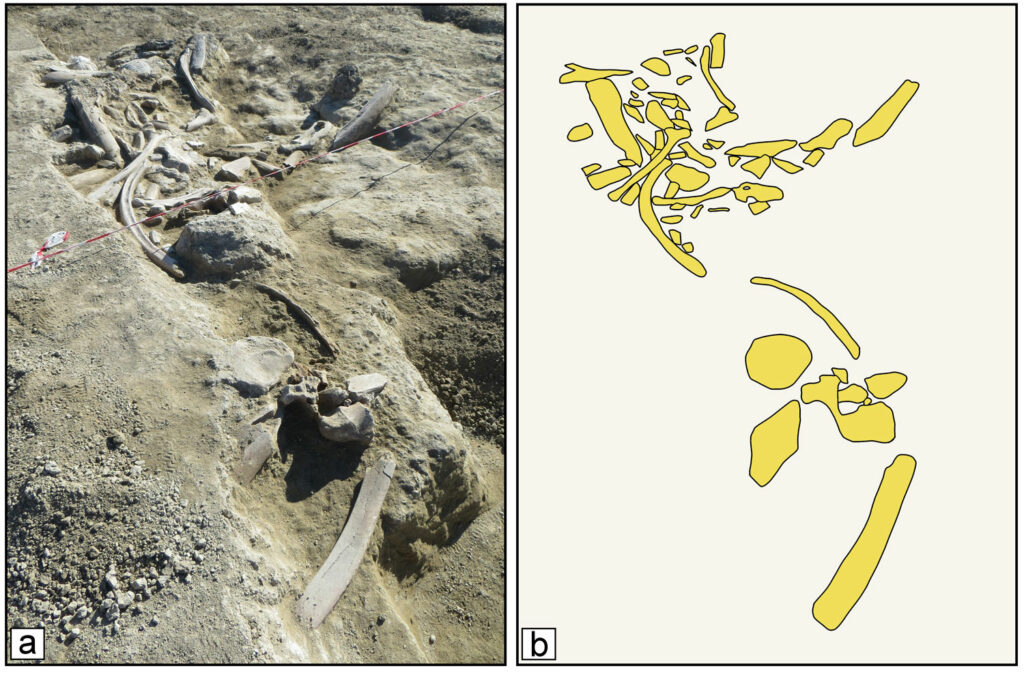
ROME, ITALY—According to a statement released by the Public Library of Science, early humans in central Italy some 400,000 years ago tended to butcher elephant carcasses with small stone tools, and then modify elephant bones to make larger tools. Beniamino Mecozzi of the Sapienza University of Rome and his colleagues examined the carcass of a Palaeoloxodon unearthed at the site of Casal Lumbroso, which is located in northwestern Rome. More than 300 bones of the single straight-tusked elephant were recovered, along with more than 500 stone tools. Fresh fractures created with blunt force were observed on some of the Palaeoloxodon bones. Few cut marks were found, however, indicating that tools measuring only about one inch long may have been used to remove soft tissues from the bones. Modified bones were also identified. Mecozzi said that sites similar to Casal Lumbroso have been found in other areas of central Italy, suggesting that hominins living in the region during this period of mild climate during the Middle Pleistocene may have developed a consistent strategy for obtaining food and raw materials. Read the original scholarly article about this research in PLOS One. To read about the butchered remains of another Palaeoloxodon, go to "Around the World: Greece."


